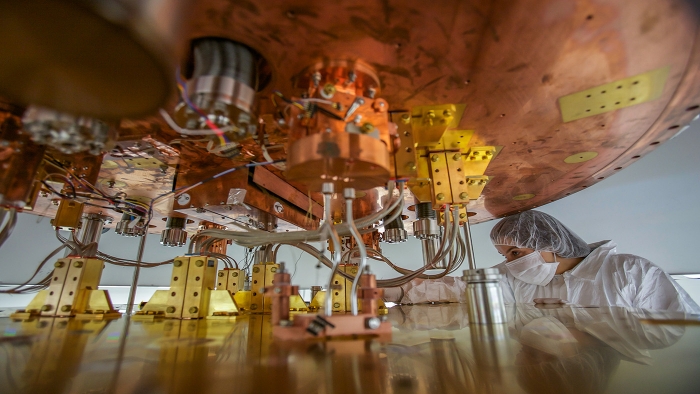Extreme cold and shipwreck lead
- On 24/04/2015
- In Miscellaneous
- 0 comments

By Lauren Biron - Symmetry
Scientists on an experiment in Italy are looking for a process so rare, it is thought to occur less than once every trillion, trillion years.
To find it, they will create the single coldest cubic meter in the universe.
The experiment, the Cryogenic Underground Observatory for Rare Events, will begin by the end of the year, scientists recently announced after a smaller version demonstrated the feasibility of the design.
The project, based at Gran Sasso National Laboratory, will examine a property of ghostly neutrinos by looking for a process called neutrinoless double beta decay. If scientists find it, it could be a clue as to why there is more matter than antimatter in the universe–and show that neutrinos get their mass in a way that’s different from all other particles.
The full CUORE experiment requires 19 towers of tellurium dioxide crystals, each made of 52 blocks just smaller than a Rubik’s cube. Physicists will place these towers into a refrigerator called a cryostat and cool it to 10 millikelvin, barely above absolute zero.
The cryostat will eclipse even the chill of empty space, which registers a toasty 2.7 Kelvin (minus 455 degrees Fahrenheit).
CUORE uses the cold crystals to search for a small change in temperature caused by these rare nuclear decays. Unlike ordinary beta decays, in which electrons and antineutrinos share energy, the neutrinoless double beta decay produces two electrons, but no neutrinos at all.
It is as if the two antineutrinos that should have been produced annihilate one another inside the nucleus.
“This would be really cool because it would mean that the neutrino and the antineutrino are the same particle, and most of the time we just can’t tell the difference,” says Lindley Winslow, a professor at MIT and one of over 160 scientists working on CUORE.
Neutrinos could be the only fundamental particles of matter to have this strange property.
Add a comment